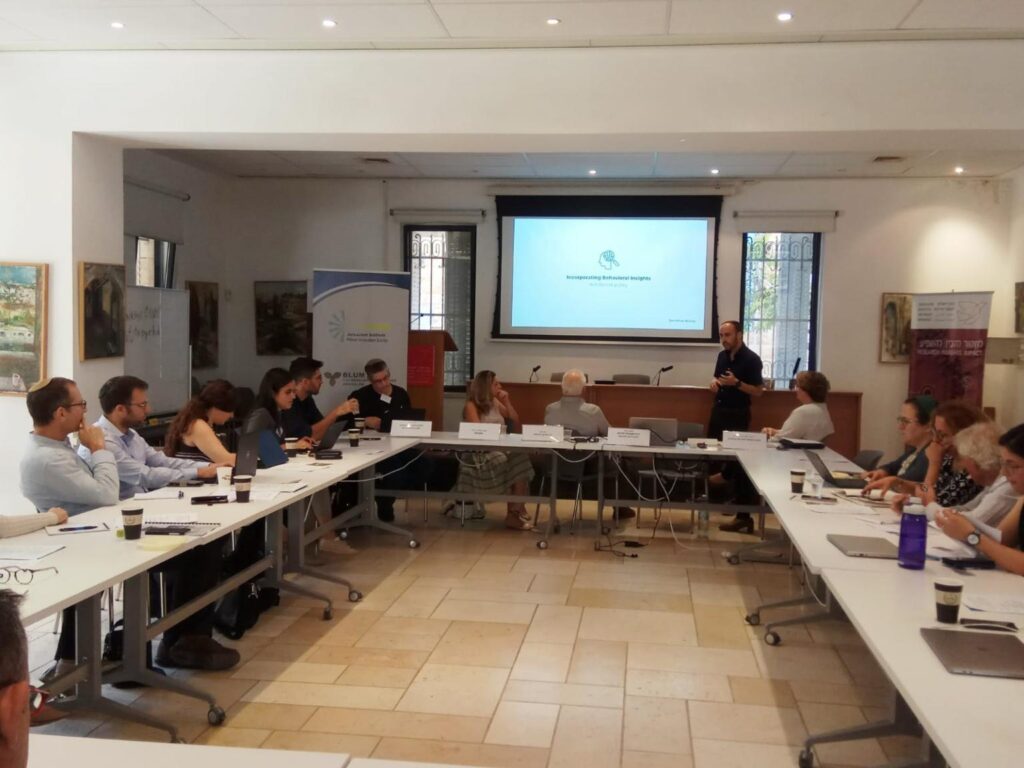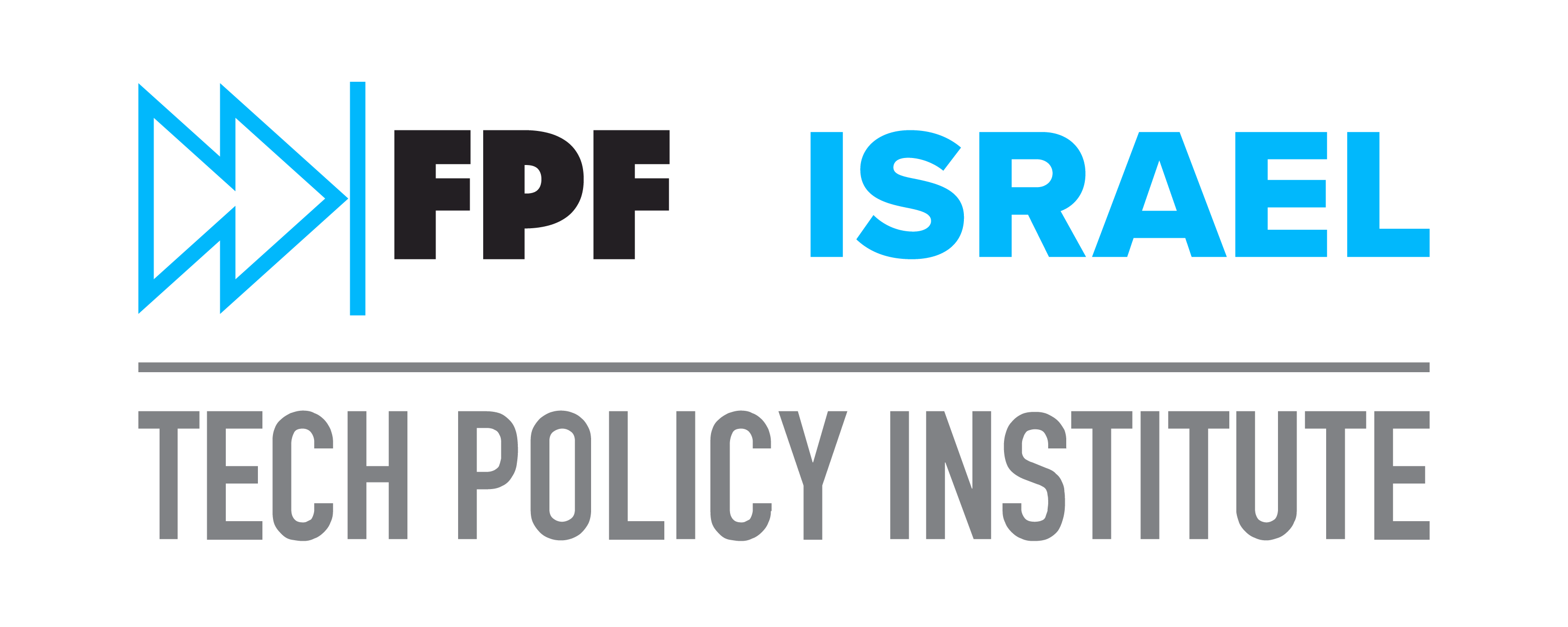Nudge Theory Methodology for Internet Smart Regulation

On Nov 7 , a group of professionals, researchers and policy makers, engaged with Jonathan Winter Google Policy Fellow, Milken Innovation Center and his excellent work on using Nudge Theory methodology for Internet Smart Regulation. ITPI’s Managing Director, Limor Shmerling Magazanik shared some thoughts about striking a balance between promoting innovative technology that promotes society and economy while maintaining our values and protecting human rights. יורם הכהן coined it: “Human Rights by Design”.
Limor Shmerling Magazanik summarizes the three principals for policy in technology driven sectors:
The need for clear and updated norms and rules for the internet content space were apparent during 2019. The 2020 new decade has thrown the global society into an unprecedented situation. Humanity has known pandemics before, but not at an era that can be characterized by such global connection both in physical transportation and digital communication. Although societies’ focus and priorities have changed, the root concerns around how things reflect and play out in our digital dimension still echo similar challenges.
Misinformation around the Covid-19 medical analysis, safety measures and treatment options require swift reaction. Use of personal information in fighting to limit the spread of the virus by applications and other means calculating proximity of people to identified patients and supporting decisions on forced quarantine are an important part in the multifaceted coping strategies, but they create a privacy concern and may lead to unwarranted liberty restrictions and other human rights infringements.
And how will this look after the crisis subsides? What will humanity be left with and how will we role back measures that should only be used in time of severe risk to people’s lives and only in order to save lives?
I wish to share with you some insights from the work I had the opportunity to advise on to Mr. Jonathan Winter, Google Policy Fellow at the Milken Innovation Center – Jerusalem Institute for Policy Research.
When designing policy for complex societal problems, in technology driven sectors, I offer to follow these principals:
- Understand the platforms, providers, technology and how the processes work across them
Based on this knowledge:
- Look for the solution that addresses the problem in a meaningful and effective manner
- Make sure this solution has the least adverse affects
In the report “Smart Regulation of Harmful Internet Content: Insights from Behavioral Science” Mr. Winter addresses the problem of the spread of harmful (but not necessarily illegal) content online, and the steps that regulators are taking in response to it, drawing on examples from the United Kingdom and Israel.
Specifically, the argument in the report is that mandating internet service providers (ISPs) to block content that the government deems as harmful, as has been proposed by several Israeli Knesset (Parliament) members, in relation to protecting children from inappropriate content, is both counter-productive and threatens fundamental democratic principles, such as the right to privacy and the right to free speech.
Accordingly, the report provides an alternative regulatory approach to deal with the threat of children’s exposure to harmful content – a threatthat is rightfully and understandably concerning for parents and policy makers alike. The alternative approach the report suggests relies on insights from behavioral science. These can inform regulators about Internet users’ behavior and further help them craft policies that can propel users to take active measures to reduce the risk. Insights drawn from behavioral science can also be enlightening for policy interventions and potentially help regulators effectively regulate while reducing the adverse consequences of direct government intervention in online content.
For the full article by Jonathan Winter, click the link below:
JWinter.Behavioral Approach to Internet Content Policy. 2020



